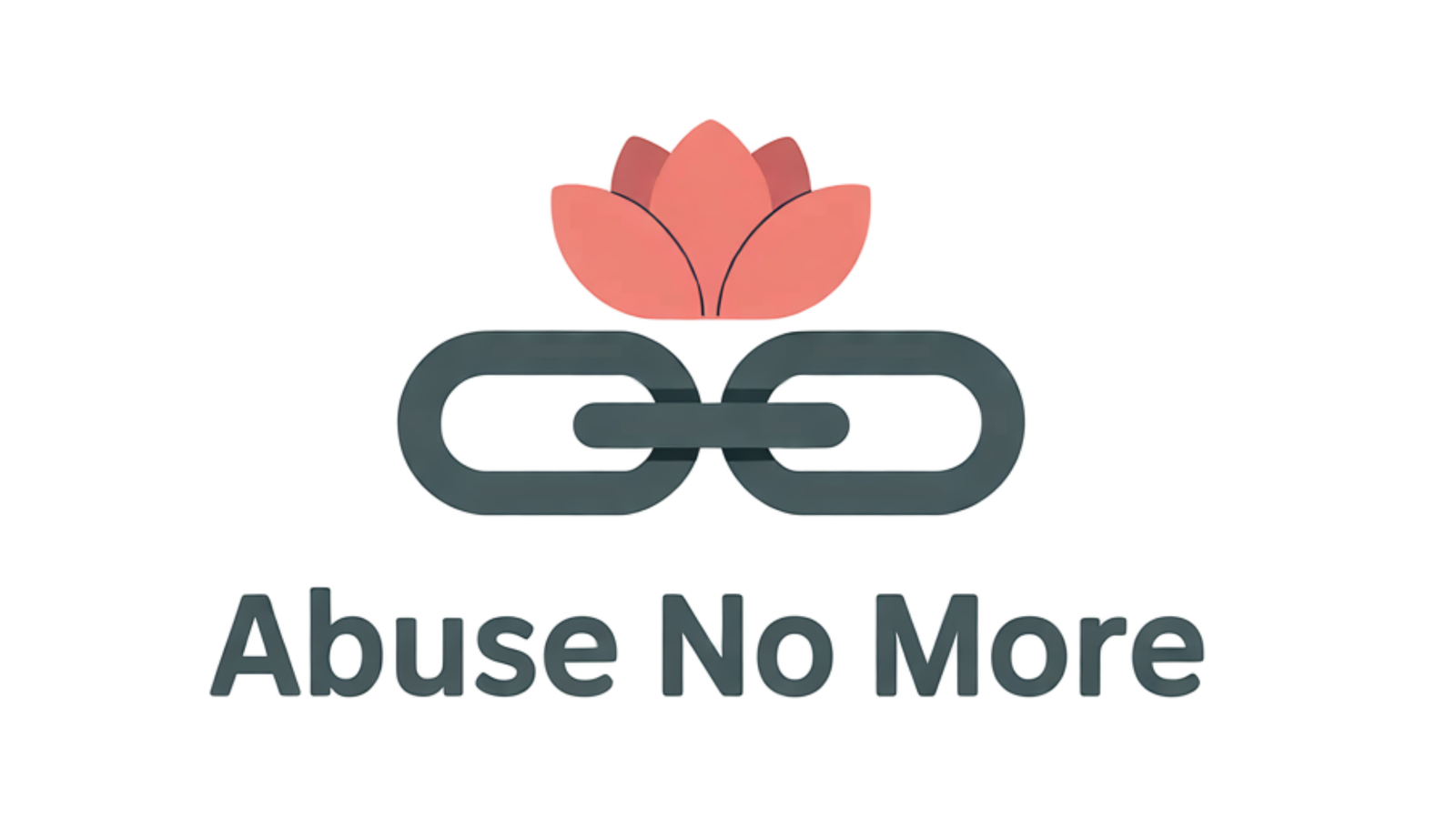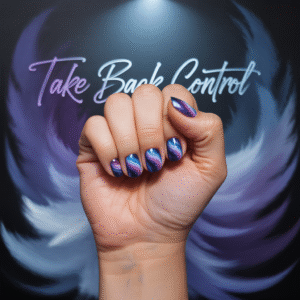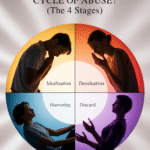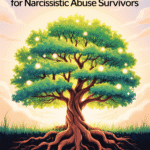Now Reading: From Shattered to Sovereign: 10 Tiny Habits That Changed My Healing Game
-
01
From Shattered to Sovereign: 10 Tiny Habits That Changed My Healing Game

From Shattered to Sovereign: 10 Tiny Habits That Changed My Healing Game
You don’t need a 6-week retreat in Bali or a glow-up worthy of a Hallmark movie to start healing. Most of us? We’re clawing our way out of narcissistic destruction with a shaky coffee mug, a crumpled journal, and the desperate hope that this day might hurt less than yesterday.
Big wins are built on small moves. And when you’re recovering from narcissistic abuse, tiny habits aren’t just cute productivity hacks — they are survival scaffolding.
These are the 10 small but mighty habits that helped me go from numb and broken to self-led and sovereign.
1.
The 3-Minute Morning Anchor
Forget the 17-step morning routines you see on Pinterest. When your nervous system is wrecked, just waking up can feel like dragging a semi up a hill.
What I did instead:
I sat still for 3 minutes. No phone. No movement. I simply put one hand on my heart and one on my belly. Inhaled. Exhaled. Repeated:
“This is a new moment. I’m safe here.”
Why it works:
This kickstarts vagus nerve regulation and reminds your body that it’s not under attack.
2.
Digital No-Contact Hour
If I scrolled Instagram or opened old messages first thing? Instant emotional spiral. So I made a sacred promise:
No screens for the first hour.
No checking if they unblocked me. No comparison. No morning rage.
Result: I got to start my day — not the day they would’ve dictated.
3.
Water First, Always
Trivial? Maybe. But when you’ve been dehydrated for years on manipulation and stress hormones, your cells need something that doesn’t lie to them.
Before coffee, phone, or even peeing — I drank 16 oz of water.
Why it works:
Hydration helps with fatigue, mental fog, and mood swings (which can feel like trauma replays). And it gave me a ritual that had nothing to do with them.
4.
‘Mood Moves’ Instead of Workouts
I couldn’t lift weights. Some days I couldn’t even lift myself. So I stopped trying to “work out” and just asked:
“How does my body want to move today?”
Sometimes it was 5 squats. Sometimes shaking like a wild animal. Sometimes I danced ugly-crying in my living room.
Why it works:
Movement discharges trauma energy. It’s not about burning calories — it’s about claiming your body again.
5.
Sound Therapy — But Not the Woo-Woo Kind
Forget crystal bowls. I’m talking full-on noise rebellion. Drums, angry breakup playlists, jazz, thunderstorms on loop. Sometimes silence was the enemy.
What helped most:
- My Yamaha DGX-260 — fast load time, satisfying volume, and creative expression
- The Alesis Strike Pro drum kit — rage release, no broken plates
- 432Hz or binaural beats when I needed to down-regulate
Let your nervous system find its rhythm.
6.
The IMC™ Method Every Night
Even if I could barely write two sentences, I still did it:
- I = Identify one pattern or trigger I saw that day
- M = Minimize it with one micro-boundary (even internal)
- C = Control what I could — usually, how I showed up to myself
Over time, this rewired me to see the abuse patterns instead of repeat them.
7.
Vocalizing Boundaries Out Loud
I wasn’t ready to confront anyone — but I could rehearse. I started saying boundaries out loud in the shower or while driving.
“No, I’m not available for that.”
“That doesn’t work for me anymore.”
“That felt manipulative — I don’t accept that.”
Why it works:
The body doesn’t distinguish well between imagined and real rehearsal. Speaking it built the neural and emotional muscle I’d need later when the tests came for real.
8.
Five-Minute Mirror Check-Ins
The mirror used to be a battlefield. I’d avoid eye contact like I owed myself money. But eventually, I dared to look… and not judge.
Every night I’d say one line:
“You survived again. And that’s not nothing.”
Some days, that was enough. Some days, it wrecked me. Both were valid.
9.
A “Safe Place” Visualization on Loop
This wasn’t cheesy inner child fantasy time — it was survival. I built a mental hideout: a mossy forest cabin with a fire going. A soft chair. A window I controlled.
Whenever I panicked or froze: I went there. On the bus, in bed, in therapy.
Why it works:
The brain treats vividly imagined safety as partially real. Visualized comfort can calm the same systems hijacked by trauma.
10.
Celebration. Every. Damn. Day.
You took a walk? Survived a panic attack? Unfollowed your ex’s cousin?
You celebrate that. With music, a cupcake, a meme, a nap, a gold star sticker — I don’t care. But you mark the win.
Why?
Because narcissistic abuse teaches you to ignore wins. You stop recognizing your value. Celebrating rebuilds self-trust and internal reward.
💡 Real Talk: I Didn’t Do These Perfectly (And You Don’t Have To)
I missed days. I spiraled. I doubted the point. But I kept coming back. Because every tiny habit was a breadcrumb back to myself.
These aren’t prescriptions. They’re invitations. You don’t need to do them all. Just pick one. Then another. Then another.
Sovereignty Is Built, Not Granted
Narcissists stole your power by making you believe you had none.
These small, defiant, body-led habits? They’re your way of saying:
“I decide how I show up for myself now. Not you. Not anymore.”
Sovereignty is yours. One tiny rebellion at a time.
























